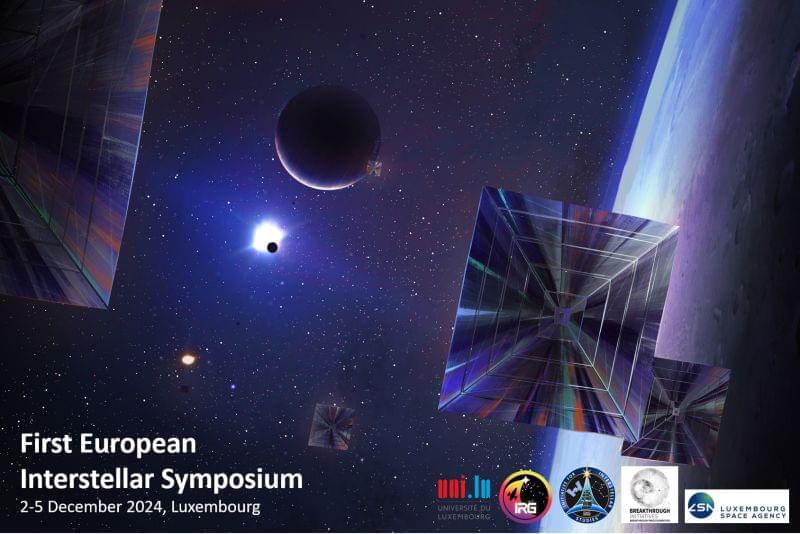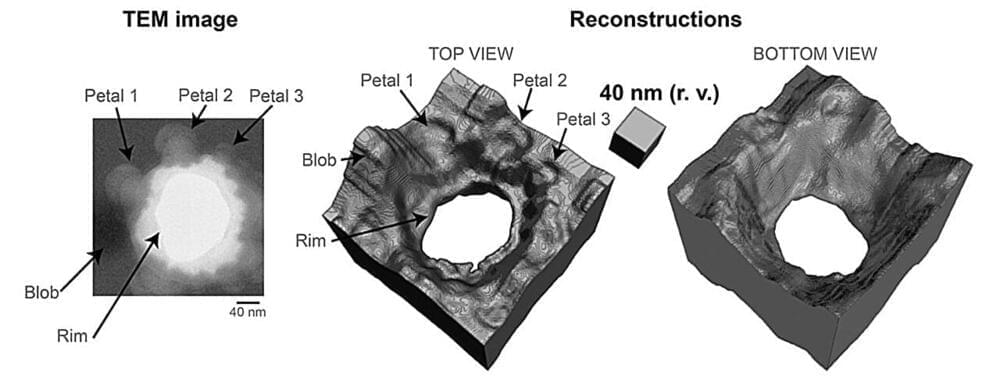Want to go on an unforgettable trip? Abstract Submission closing soon! Exciting news from SnT, Interdisciplinary Centre for Security, Reliability and Trust, University of Luxembourg! We are thrilled to announce the 1st European Interstellar Symposium in collaboration with esteemed partners like the Interstellar Research Group, Initiative & Institute for Interstellar Studies, Breakthrough Prize Foundation, and Luxembourg Space Agency. This interdisciplinary symposium will delve into the profound questions surrounding interstellar travel, exploring topics such as human and robotic exploration, propulsion, exoplanet research, life support systems, and ethics. Join us to discuss how these insights will impact near-term applications on Earth and in space, covering technologies like optical communications, ultra-lightweight materials, and artificial intelligence. Don’t miss this opportunity to connect with a community of experts and enthusiasts, all united in a common goal. Check out the “Call for Papers” link in the comment section to secure your spot! Image credit: Maciej Rębisz, Science Now Studio #interstellar #conference #Luxembourg #exoplanet
Category: robotics/AI – Page 439
1947 was an interesting year. Not that I was there myself, you understand, but I’ve heard stories. For example, 1947 was the year the Hungarian-British electrical engineer and physicist Dennis Gabor invented holography. 1947 was also the year William Shockley, John Bardeen, and Walter Brattain demonstrated the first transistor at Bell Labs. Also in 1947, Alan Turing gave what the Encyclopedia Britannica describes as “Quite possibly the earliest public lecture to mention computer intelligence.” Now, a mere 77 years later, these three fields are coming together in awesome ways.
Dr. Deepan Balakrishnan, the first author, said, “Our work shows the theoretical framework for single-shot 3D imaging with TEMs. We are developing a generalized method using physics-based machine learning models that learn material priors and provide 3D relief for any 2D projection.”
The team also envisions further generalizing the formulation of pop-out metrology beyond TEMs to any coherent imaging system for optically thick samples (i.e., X-rays, electrons, visible light photons, etc.).
Prof Loh added, “Like human vision, inferring 3D information from a 2D image requires context. Pop-out is similar, but the context comes from the material we focus on and our understanding of how photons and electrons interact with them.”
Big Tech’s demand for top AI talent could bring a wave of “acquihires” later this year, investors told Business Insider.
With the rise of AI, we’re abstracting complexity by embracing technologies that resonate with human intuition. Take ChatGPT, for instance. We can simply articulate our goals in plain English, and it generates code for provisioning the infrastructure accordingly.
Another approach is using visualization. For example, with Brainboard, you can draw your cloud infrastructure, and the necessary deployment and management code is automatically generated.
These examples illustrate the next-generation software and mindset. The shift is happening now, and the next set of tools will be adapted and optimized for humans.
Unlike most organizations, OpenAI says it is run as a “capped-profit” company where its for-profit arm is governed by a nonprofit.
For humanity’s sake, regulation is needed to tame market forces, argue Helen Toner and Tasha McCauley.
2BP: 2-Stage Backpropagation
Posted in robotics/AI
2BP
2-Stage Backpropagation.
As Deep Neural Networks (DNNs) grow in size and complexity, they often exceed the memory capacity of a single accelerator, necessitating the sharding of model parameters across multiple accelerators.
Join the discussion on this paper page.
A research team at Stanford’s Wu Tsai Neurosciences Institute has made a major stride in using AI to replicate how the brain organizes sensory information to make sense of the world, opening up new frontiers for virtual neuroscience.
The Kia EV3 — the new all-electric compact SUV revealed Thursday — illustrates a growing appetite among global automakers to bring generative AI into their vehicles.
The automaker said the Kia EV3 will feature a new voice assistant that is built off ChatGPT, the text-generating AI chatbot developed by OpenAI. The Kia EV3, and its AI assistant, will first come to market in Korea in July 2024, followed by Europe in the second half of the year. Kia expects to expand sales of the vehicle into other regions following the European launch. It will eventually come to the United States, although the automaker did not provide a date.
This isn’t, however, a pure OpenAI affair. Kia had its hands in the development of the voice assistant too.









